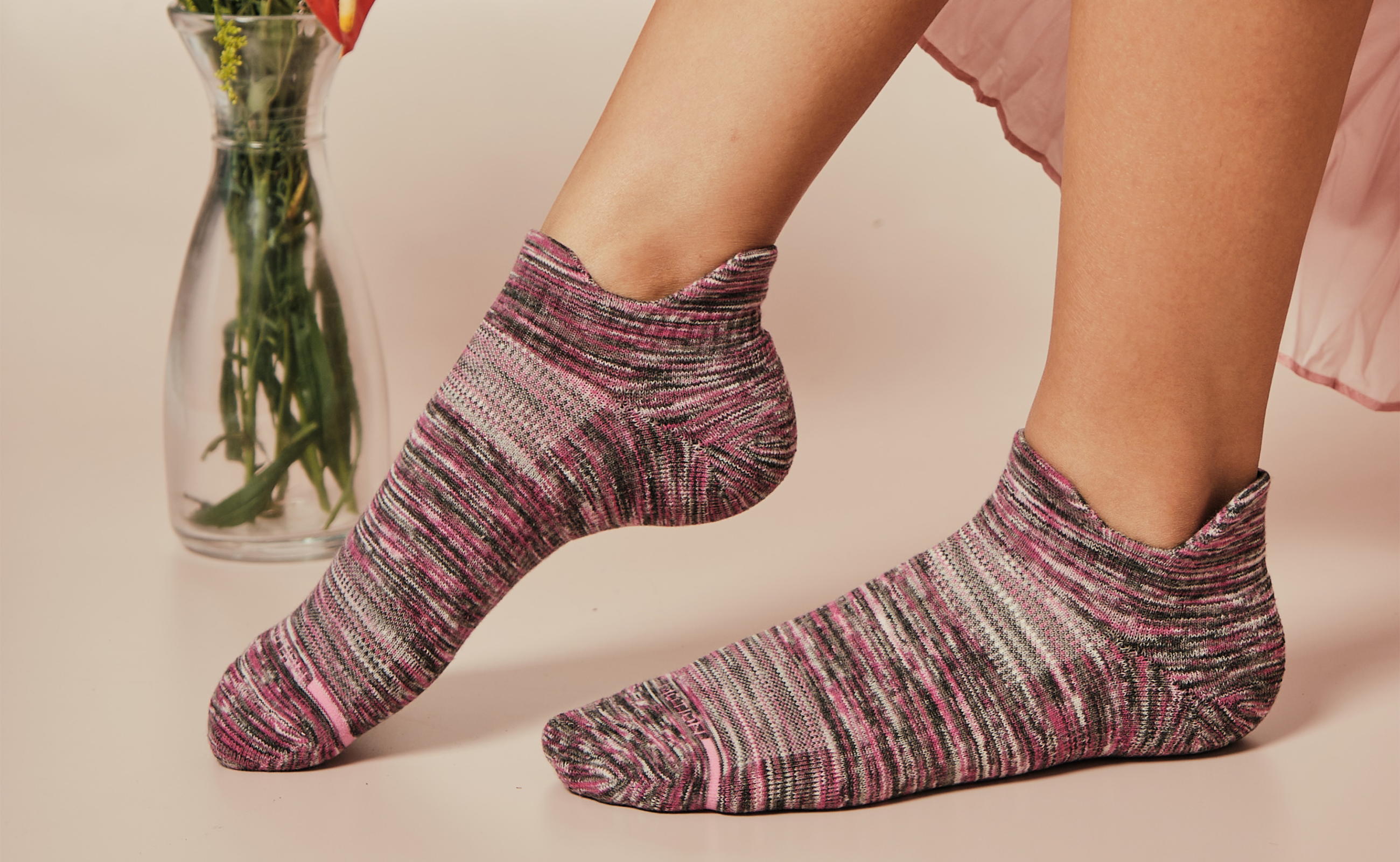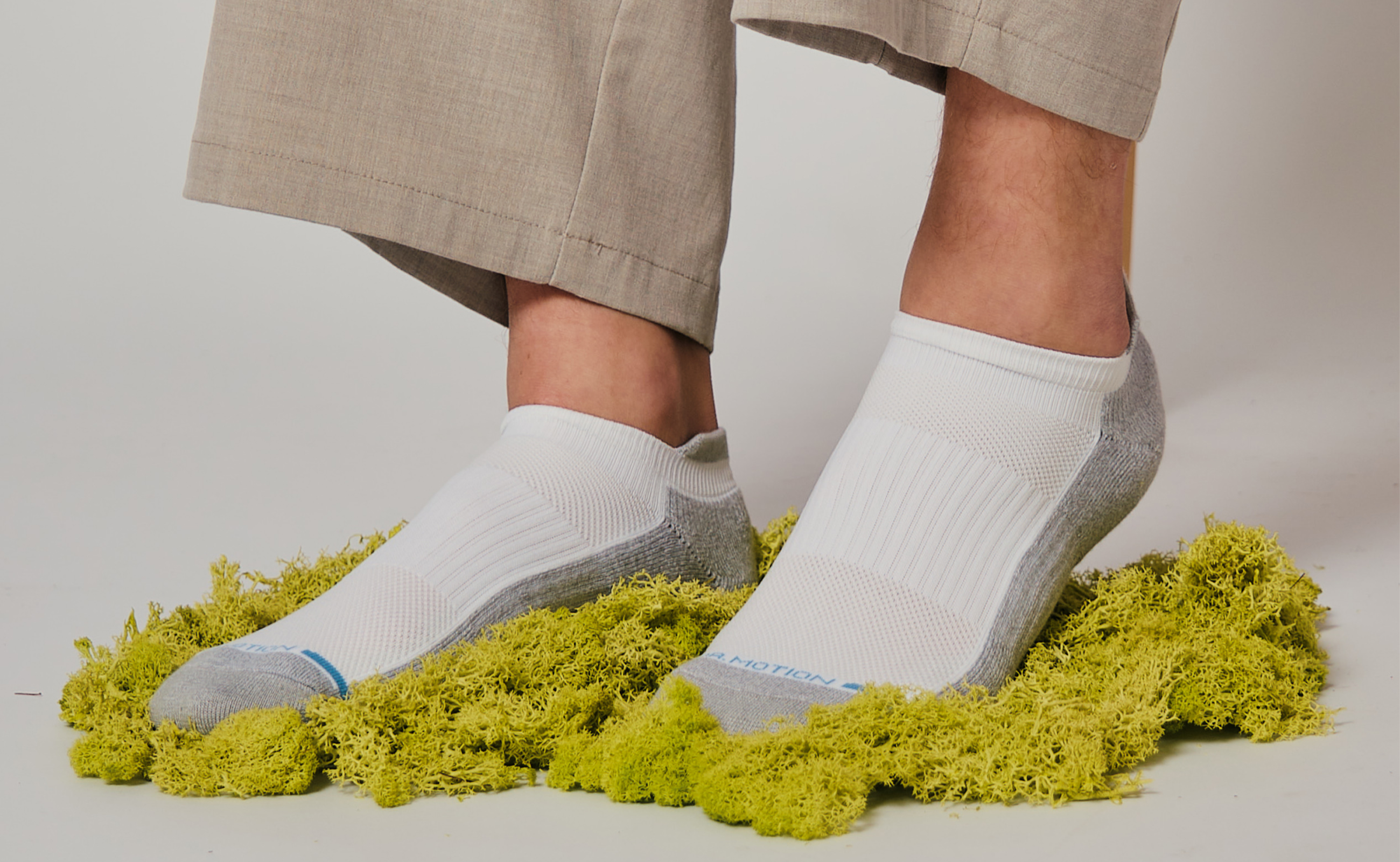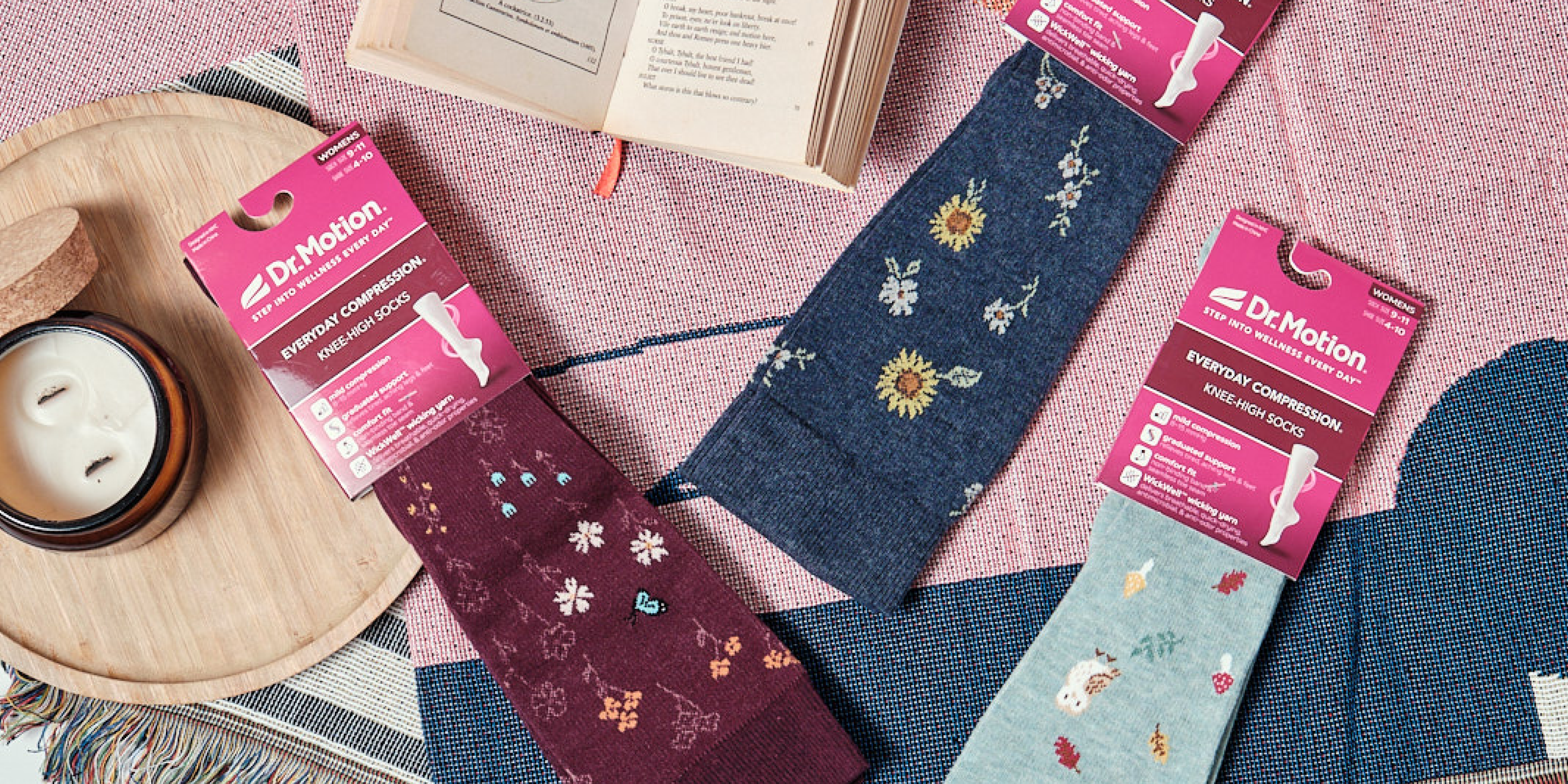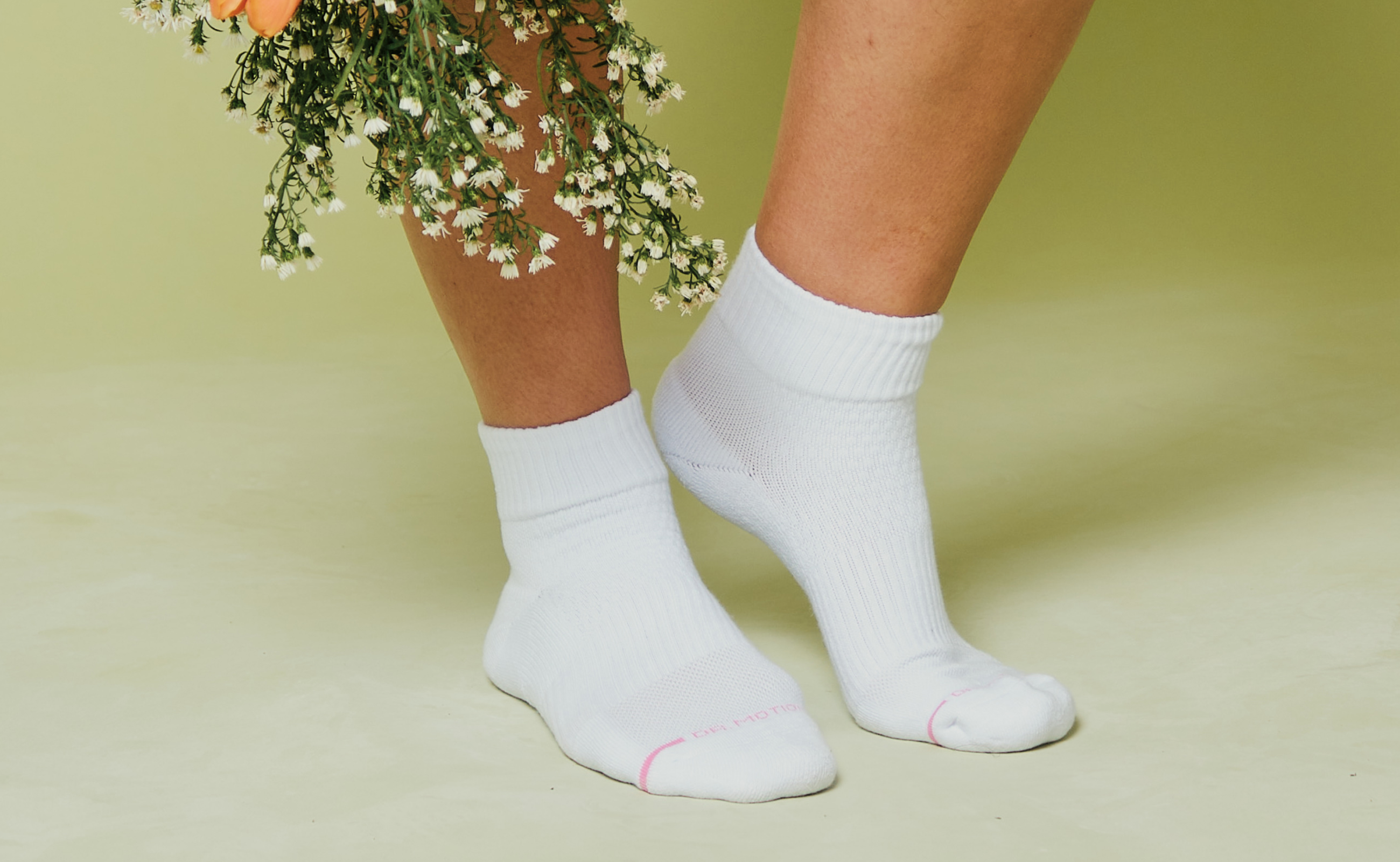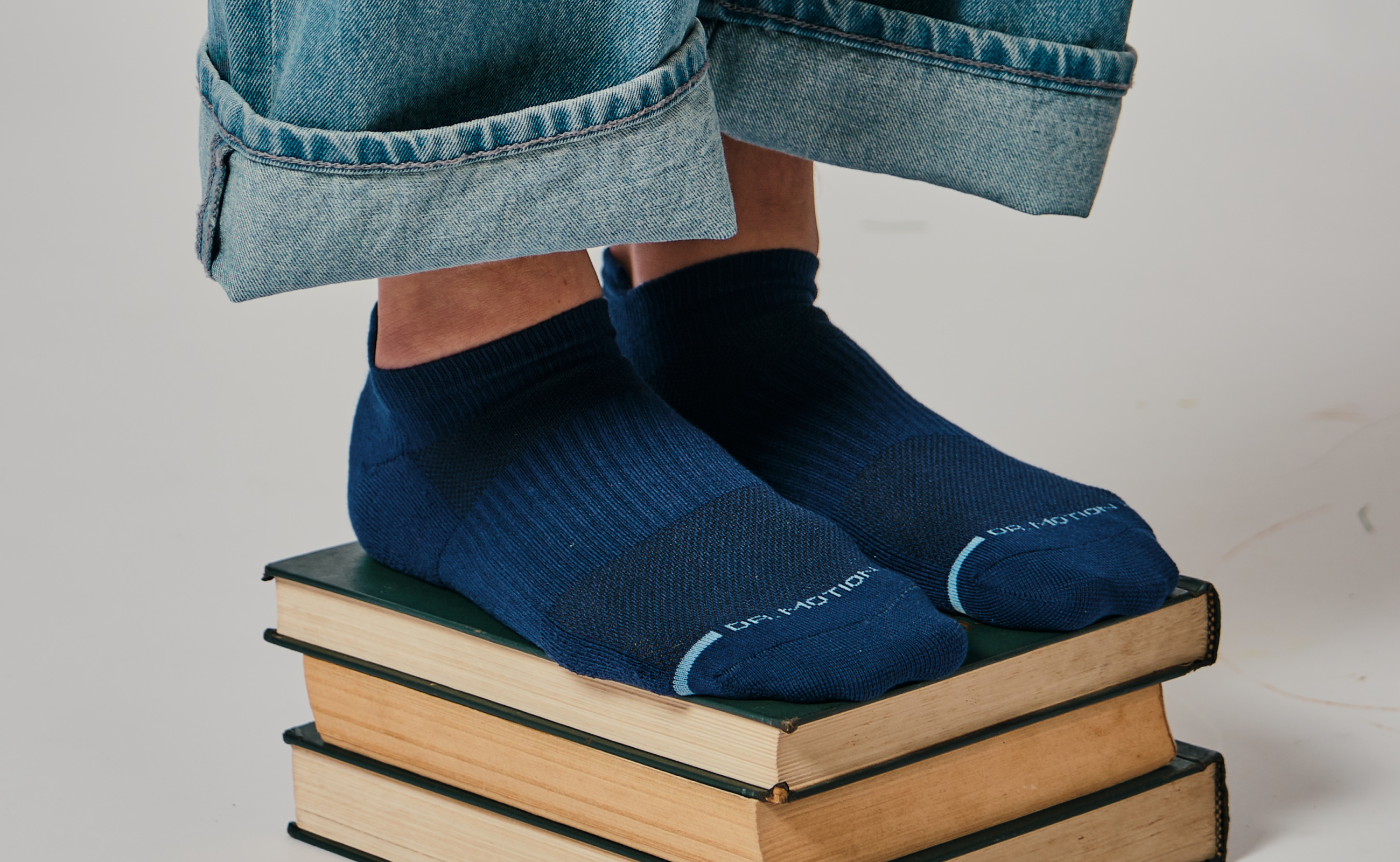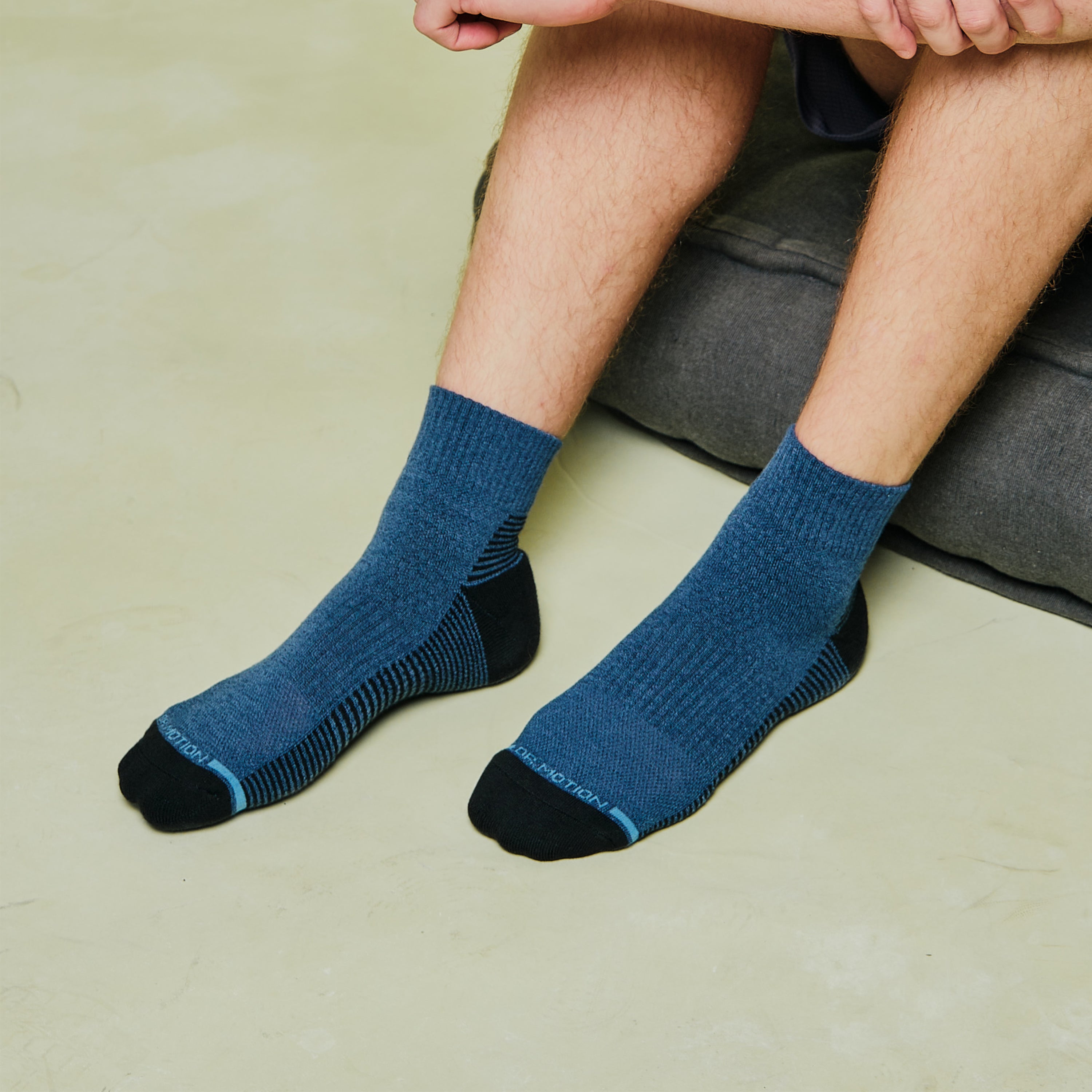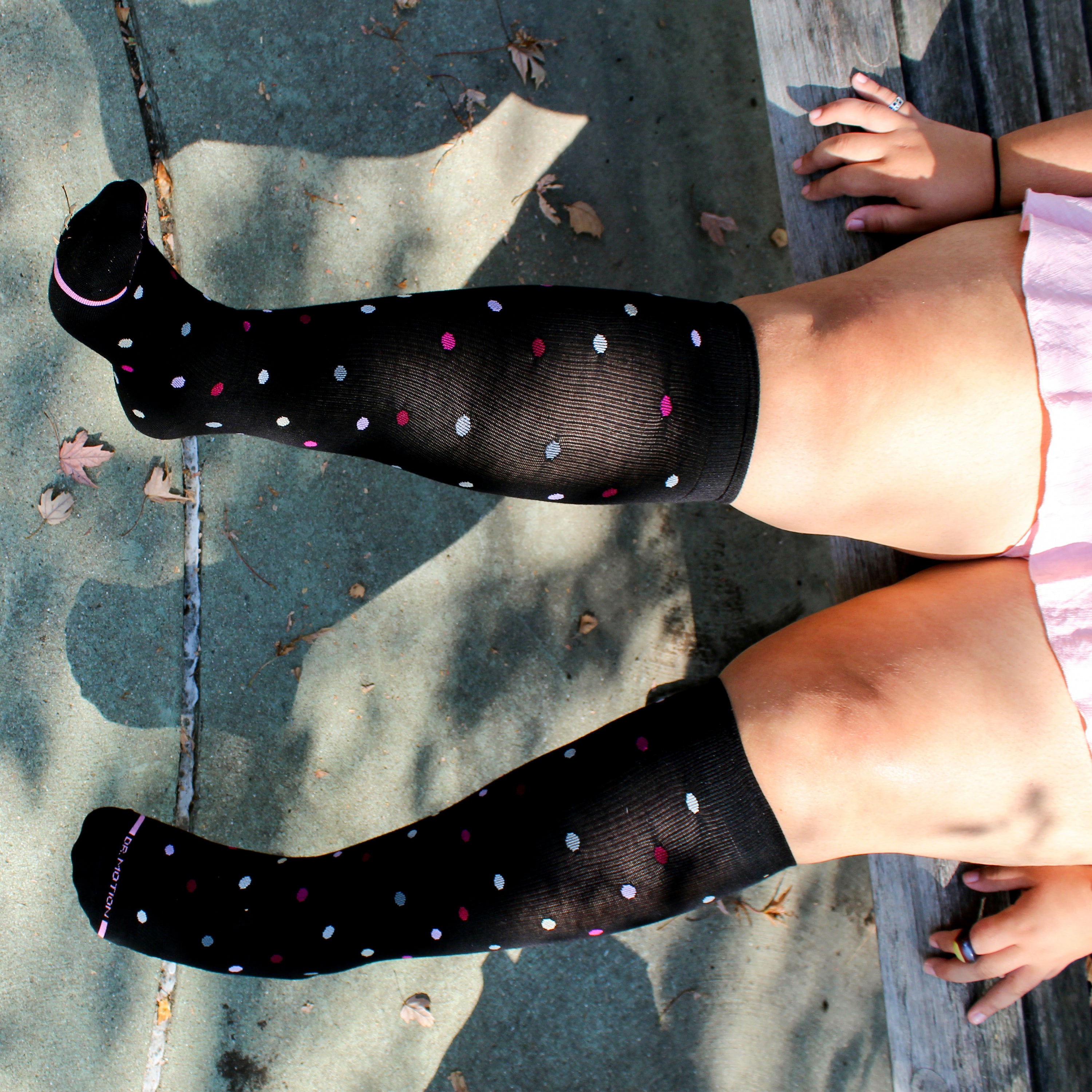Compression Socks for Sciatica Pain
Pain is one of the fastest and most enduring ways to reduce your quality of life. If you suffer from nerve pain, you may wonder: do compression socks help sciatica? Here are a few things to learn about compression socks and sciatica pain.
What is Sciatica Pain?
Sciatica is pain that begins around your lower back and extends down a single leg into the foot. It may include numbness or muscle weakness and is believed to be caused by a nerve being compressed by bones in the spine. The pain can be severe and ongoing enough to require surgery, or symptoms may last only a few weeks. (MayoClinic)
How Does Compression Wear Work?
Compression wear is a term for a variety of clothing items designed to compress your body. They typically use stretchy fabric designed to provide a constant and predictable amount of pressure around the desired body part. Compression can help stabilize muscles, support joints, and enhance circulation. For these reasons, it is often used by athletes or to help everyday people with circulation problems or swelling feet.
Do Compression Socks Help with Sciatica Pain?
Please consult your doctor if your sciatic pain lasts longer than about a week or gets progressively worse. While there is no instant cure outside of surgery, compression socks can help with sciatic pain.

Stabilizing Foot Movement
For some people suffering from sciatica, body movement can make the pain worse. Accordingly, a leg wrap for sciatic pain may be recommended. If you can find relief through leg wraps stabilizing your movement, compression socks may offer further relief. Steadying your foot motions can help you to walk in a more controlled manner, which can ease pain caused by errant movement.
Exercise and Sciatica
Doctors will sometimes advise that careful, low impact exercise and stretches to increase circulations may help with sciatic pain. Some people may wear compression stockings leg pain products to provide support to joints and muscles during physical activity or if they suffer from shin splints. For the same reason, using sports compression socks may also provide ankle and calf support for people with potentially unsteady feet.
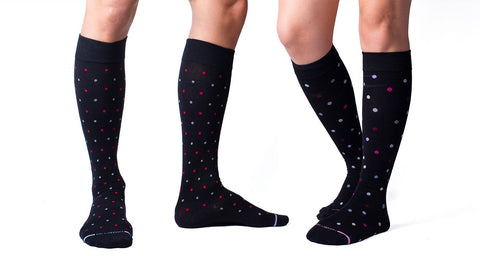
Pain can often cause additional injuries by making other muscles overcompensate for the painful spot. Compression socks can encourage ankle stability and help with pain relief overall.
Graduated Compression Socks and Circulation
Unfortunately, sciatica is known to interact with aches and pains in other parts of the body. For example, people suffering from the condition for longer than a few weeks may experience weakness or muscle pains in places unaffected by the sciatic nerve. These additional discomforts can be caused by walking or sitting unnaturally due to attempts to alleviate sciatic pain.
Compression socks for women and men can help to prevent the pooling of blood and other fluids in the feet. They can also promote the flow of blood back up the body by constricting the feet. Maintaining proper blood circulation and compressing muscles in the foot may help to prevent foot pains from inactivity.
Summary
- Sciatic pain can begin in the lower back and radiate down one side of the body toward the feet.
- By placing extra pressure on the joints, compression socks for men and women can stabilize the ankle to prevent injuries caused by attempting to walk with sciatic pain.
- While there is no instant cure outside of surgery, compression socks may provide some form of sciatica nerve pain relief.
- By constricting the foot and calf areas, compression socks can prevent fluid and blood from pooling in the feet. This form of swelling sometimes occurs in people with conditions such as sciatica which can limit movement.
Don't let foot pain caused by sciatica keep you stuck in one place. Visit Dr. Motion for an assortment of comfortable and stylish sciatica compression socks! Let us give you the support you need to get moving!
Disclaimer: This article provides information solely for educational purposes, including but not limited to text, graphics, images, and other materials contained herein. This article is not intended to substitute for professional medical advice, diagnosis, or treatment. Always seek the advice of your physician or another qualified healthcare provider with any questions you may have regarding a medical condition.


